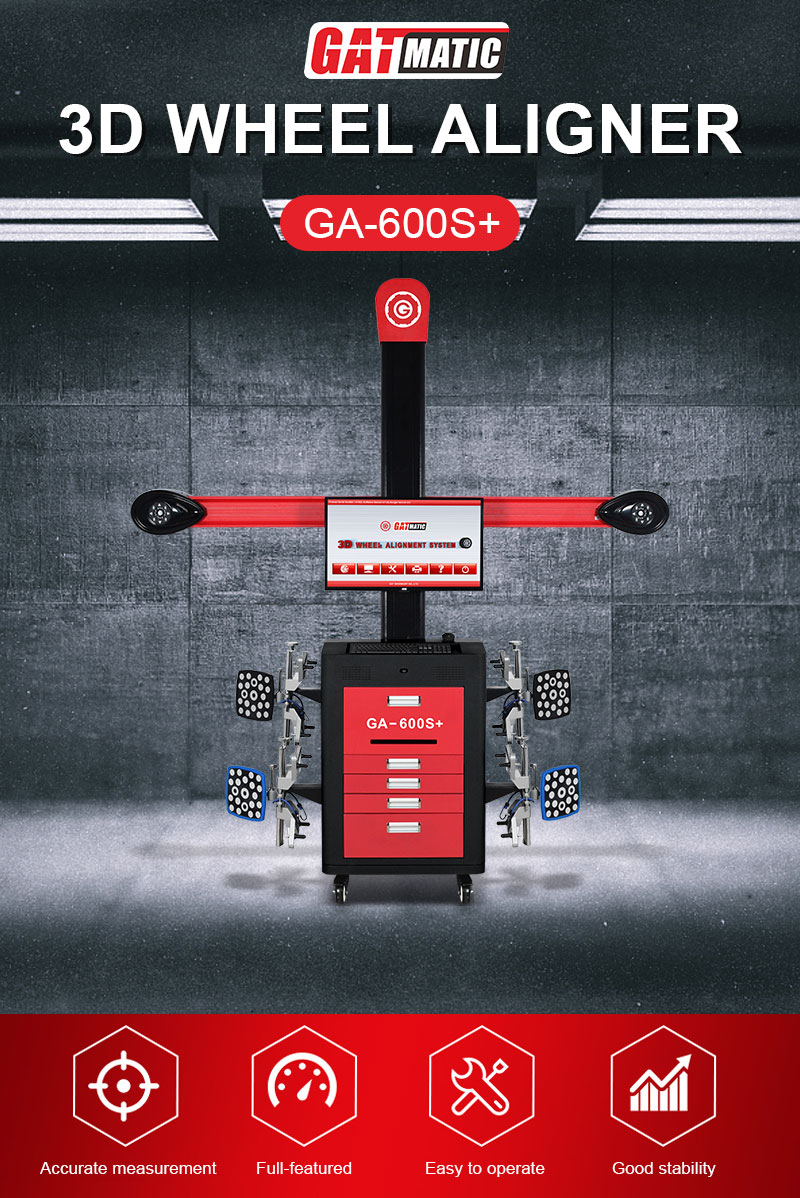How soon after getting new tires should I get an alignment?
Tire alignment is crucial for maintaining vehicle performance, safety, and tire longevity. When you get new tires, ensuring they are aligned properly can make a significant difference in their lifespan and your overall driving experience. This article explores the importance of tire alignment and provides guidance on how soon after getting new tires you should get an alignment.
I. Understanding Tire Alignment
Tire alignment, also known as wheel alignment, refers to adjusting the angles of the tires so they meet the manufacturer’s specifications. Proper alignment ensures that the tires meet the road at the correct angle, point straight ahead, and are centered in the wheel wells. The main components involved in alignment are:
- Toe: The angle at which the tires turn inward or outward when viewed from above.
- Camber: The angle of the tires when viewed from the front of the vehicle.
- Caster: The angle of the steering axis when viewed from the side of the vehicle.
Signs of misalignment include uneven tire wear, pulling to one side, steering wheel vibration, and an off-center steering wheel. These issues can lead to a decrease in handling and safety.
II. The Role of Tire Alignment with New Tires
New tires can affect the alignment of your vehicle. When you install new tires, they may not align perfectly with the current suspension and steering settings, leading to potential alignment issues. Proper alignment ensures that the new tires wear evenly, perform optimally, and provide a smooth driving experience.
III. Recommended Timeframe for Alignment After New Tires
Experts recommend getting an alignment immediately after installing new tires. This practice ensures that the tires start off with optimal alignment, preventing premature wear and enhancing performance. However, some drivers may wait a short period, typically no more than 500 miles, before getting an alignment to allow the tires to settle.
The recommended timing can vary based on factors such as driving conditions, vehicle type, and manufacturer guidelines. Always consult your vehicle’s manual or a professional mechanic for specific recommendations.
IV. Benefits of Timely Alignment After New Tires
- Improved Tire Lifespan: Proper alignment reduces uneven tire wear, extending the life of your tires.
- Enhanced Driving Safety and Performance: Well-aligned tires ensure better handling, stability, and safety on the road.
- Better Fuel Efficiency: Proper alignment reduces rolling resistance, leading to improved fuel economy.
V. Consequences of Delaying Alignment
Delaying alignment can lead to several issues:
- Uneven Tire Wear: Misaligned tires wear out unevenly, leading to the need for premature replacement.
- Poor Handling and Stability: Misalignment affects the vehicle’s handling, making it less stable and harder to control.
- Increased Risk of Accidents: Poor handling and uneven tire wear increase the risk of accidents.
VI. Professional Alignment vs. DIY Checks
Professional alignment services are recommended for precise adjustments. Professionals use specialized equipment to measure and adjust the angles accurately. While basic DIY checks, like observing tire wear patterns or checking if the vehicle pulls to one side, can indicate alignment issues, they are not a substitute for professional alignment.
VI. How to Maintain Alignment After Getting New Tires
To maintain alignment:
- Regular Maintenance: Schedule regular alignment checks as part of your vehicle’s maintenance routine.
- Watch for Signs: Be alert to signs of misalignment, such as uneven tire wear, pulling, or steering wheel vibration.
- Avoid Road Hazards: Minimize exposure to potholes, curbs, and other road hazards that can disrupt alignment.
Conclusion
Ensuring proper tire alignment after getting new tires is essential for maintaining vehicle performance, safety, and tire longevity. Immediate or timely alignment helps prevent uneven tire wear, enhances handling, and improves fuel efficiency. Always consult a professional for optimal results and follow regular maintenance practices to keep your vehicle in top condition.
FAQs
1. How do I know if my car needs an alignment after getting new tires?
After getting new tires, you may need an alignment if you notice uneven tire wear, your car pulling to one side, a vibrating steering wheel, or if your steering wheel is not centered when driving straight. It’s always a good idea to have a professional alignment check when you install new tires to ensure they are set correctly from the start.
2. Can I drive my car right after getting new tires without an alignment?
While you can drive your car immediately after getting new tires, it is advisable to get an alignment as soon as possible. Proper alignment ensures that your new tires wear evenly and perform optimally, helping you avoid potential issues that can arise from misalignment.
3. How often should I get a wheel alignment?
Most experts recommend checking your alignment every 6,000 to 10,000 miles or with every other oil change. However, you should also have it checked if you experience any signs of misalignment or after incidents like hitting a pothole or curb.
4. What are the costs associated with a professional alignment service?
The cost of a professional alignment service can vary based on your location, vehicle type, and service provider. Typically, you can expect to pay between $75 to $150 for a standard alignment. Some shops may offer discounts or package deals if you combine the alignment with other services.
5. Is it necessary to get an alignment every time I get new tires?
While it is not always strictly necessary, getting an alignment every time you get new tires is highly recommended. This ensures that your new tires start with the correct alignment, promoting even wear and extending their lifespan.
6. What happens if I don’t get an alignment after getting new tires?
If you don’t get an alignment after getting new tires, you may experience uneven tire wear, poor handling, decreased fuel efficiency, and a rougher ride. Over time, misalignment can also lead to more serious issues with your vehicle’s suspension and steering components.
7. Can I perform a wheel alignment myself?
While there are some DIY alignment methods available, they are generally not as accurate as professional services. Professional alignment machines are highly precise and can ensure that your vehicle’s wheels are set to the exact manufacturer specifications. For the best results and to avoid potential issues, it’s recommended to have a professional perform the alignment.
Describe Your Needs In Detail!
We will carefully evaluate your needs and give professional solutions.



